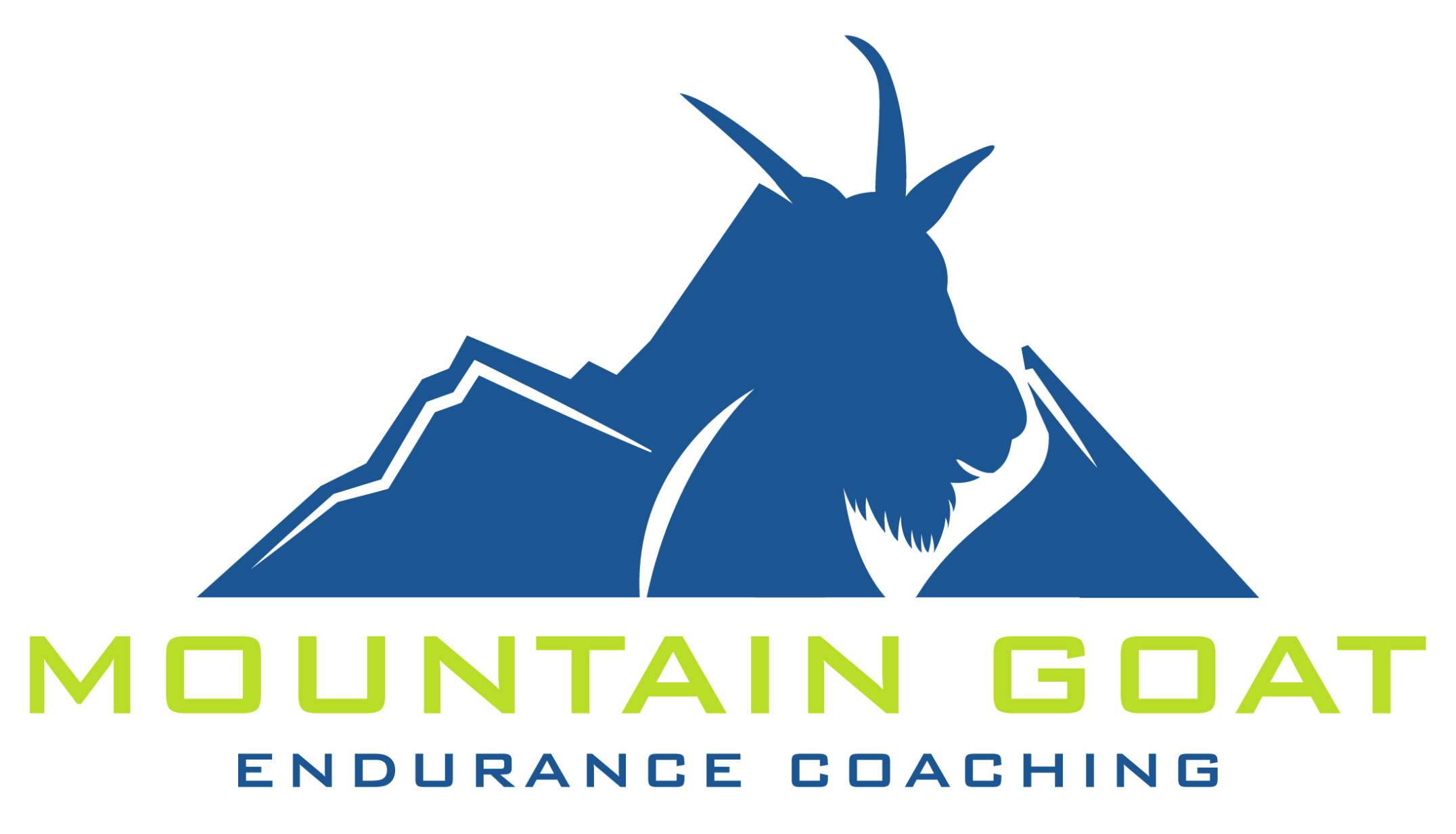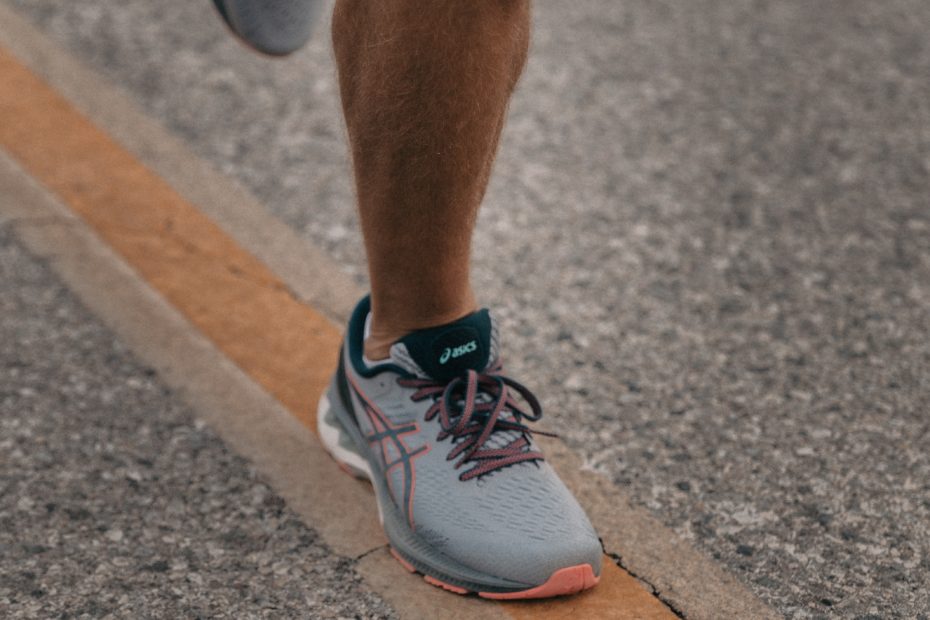If you’ve ever experienced shin splints, you know they’re… frustratingly painful.
It’s not like you’re going to die – but you certainly can’t run very well when they’re happening.
Now, before we get started, let’s get something clear, this article is NOT meant to help diagnose shin splints or anything else.
To do that without meeting you would make me a wizard – and I’m certainly not a wizard.
If you’re experiencing a lot of pain on the front of your shin, you should go see a medical professional – ie a doctor or a PT.
Why?
Because shin splints and stress fractures have a lot of the same symptoms.
But the treatment is very different.
Treatments that can help improve shin splints can actually make stress fractures much worse.
So you should figure out which thing is behind your suffering before trying to treat it.
What do shin splints feel like?
Very simply: a fairly intense pain down the front of your shin – which is also what a tibial stress fracture can feel like.
Thankfully, I’ve never had a stress fracture, but I did get the pleasure of dealing with shin splints during my freshman year of college.
If you haven’t had them, great. I’d recommend you continue to avoid them.
What’s the cause?
Typically, you’ll get shin splints when you suddenly increase the stress on your lower leg.
This could be a sudden increase in running volume or intensity, or it could also be a switch from softer to harder surfaces.
In my case, it was both.
Just like any type of overtraining, there are many factors at play.
For one, recovery. If you greatly increase your training, but are able to proportionally increase your recovery, you might end up just fine – but that’s not the case for most people.
Your history also plays a big role.
Shin splints are typically a result of a lack of strength somewhere – (the key question is where…)
If you have a long background of the right kind of strength training, you might never experience shin splints even if you greatly increased your volume.
Then again, it always comes down to a balance between training and recovery.
Managing Shin Splints
If you’re currently suffering from shin splints, the immediate treatment is typically rest, ice, etc. You need to give the inflammation time to die down.
You also might consider shoes with a little more cushion.
While that doesn’t necessarily “solve” the problem, it can absolutely help.
For most things in my life, I tend to exist pretty firmly in the barefoot camp. As I write this, I’m standing barefoot at my desk and the only shoes I’ve worn today were really thin sandals.
But when I run, I wear something with a lot more cushion – because that’s what works for me.
So in addition to some rest and all the strength work I’m about to discuss for the rest of this article, you might also consider some cushion-y shoes and see if they help.
Again, I’m predominantly a fan of the barefoot life – just not when I run.
If it works for you, great. It doesn’t work for me. As someone who tried for years to “run barefoot” with no real success, you might just consider increasing your cushion a bit.
It could help with shin splints and Achilles tendon pain.
Strength Training for Shin Splints
As I said above, shin splints often result from a lack of strength in one of a few places.
Here is a short list of areas you could target if you want to get stronger and help reduce your risk of shin splints.
Feet
Every athlete needs a good foundation, and as a runner that would be your feet.
A great way to start building foot strength?
Go barefoot more often.
That doesn’t necessarily mean running or training barefoot, it might just mean not wearing shoes around your house.
You could also do “towel toe curls.”
Place a towel on a smooth floor – tile, linoleum, and hard wood all do the job. Then sit on a chair at one end of the towel and scrunch your foot together until you’ve bunched the towel and pulled it towards you.
To make it harder, you can put some weight at the other end of the towel – even something as small as a large can of tomatoes would do the trick.
You can also do exercises like “piano toes” or “short foot” if you want something different that will also help your feet get stronger.
Lower Abdominals
I also see a lot of athletes struggle to connect to their lower abdominals.
To strengthen these muscles, I really like something like a reverse crunch or a hollow hold.
The primary goal is to accentuate a pelvic tuck.
If you can’t make that connection, you’ll need to practice tilting your pelvis back and forth – think “twerking.”
To start, lay on your back with your knees bent and your feet touching the floor. Then tilt your pelvis back and forth.
If that’s easy, extend your legs.
Then do it standing – you could even do it against a wall to get a little more feedback on how well it’s going.
Finally, move to all fours so you have to fight gravity a bit.
Once you’ve made that connection, return to exercises like the reverse crunch to help build the strength.
Calves (Specifically Soleus)
A lot of the time, runners are not strong enough in their soleus muscle – the deeper muscle of the calf that primarily fires when the knee is bent.
A lot of people – including myself – will talk about elevated calf raises, but a seated calf raise is often more appropriate for runners.
To get the most out of this, you likely want to use a machine, but you can also put something heavy on your knees as you move your calf through a full range of motion. That heavy thing could be anything from a couple dumbbells to a heavy backpack to a child. It would all work for the purpose of adding weight to your seated calf raises.
If none of that works, do elevated calf raises, but bend your knees instead of keeping them straight. It’s the bent knee that targets the soleus.
Posterior Chain (Specifically Glute Max + Medial Hamstrings)
You could also have a weak posterior chain – if you really struggle when going uphill, this could very well be your problem.
To build these, you can do single-leg glute bridges, hamstring curls, Romanian deadlifts… There are many options.
The big goal here is to keep your knees close together and not let your feet turn out. You don’t want to push into the glute med or lateral hamstring. You’re trying to target the internal portion of your posterior chain.
There’s nothing wrong with building the glute med. I include a lot of sumo deadlifts in strength programs for just that purpose. It’s just not the goal here.
Want more?
There might be 100 reasons why you could get shin splints.
But getting stronger certainly won’t hurt.
If you want more on this topic, Running Explained recently did a great episode talking about the topic and her guest, Dr. Whitt wrote a helpful blog post about it as well.
Brodie Sharp from Run Smarter also recently wrote a good blog post on the topic as well.
With something like shin splints, there might be twice as many solutions as there are causes, and you really have to find what helps you.
All of that said, if you’re currently struggling, you should really see a doctor or a PT before it gets worse.
The last thing anybody wants is for a simple case of shin splints to develop into a season-ruining stress fracture.

